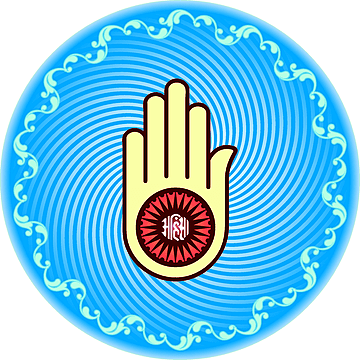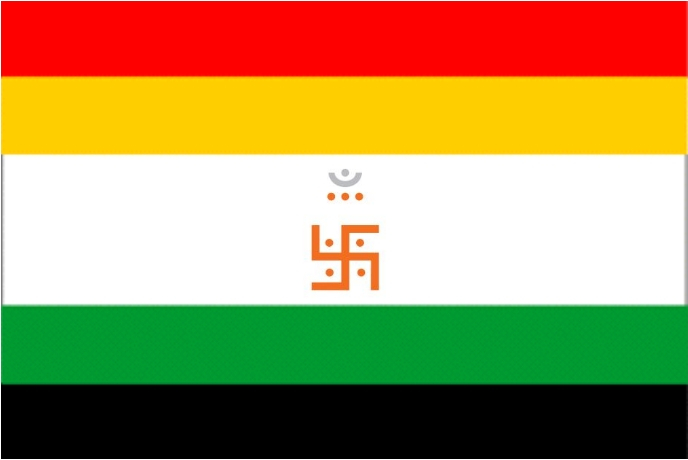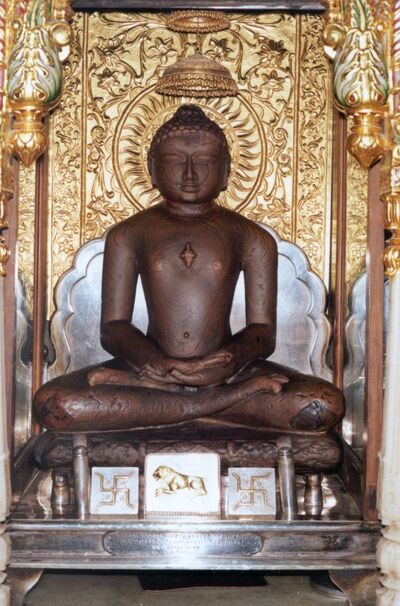-
A
Samyak darsana, Samyak jnana and Samyak charitra
-
B
Correct View, Correct Knowledge and Correct Conduct
-
C
A and B
-
D
None
C
Answer:
C
According to Jainism, purification of soul and liberation can be achieved through the path of three jewels:
1. Samyak Darsana ("Correct View") - Faith in basic tenets of Jainism, acceptance of the self-evident truth of soul.
2. Samyak Jnana ("Correct Knowledge") - Knowledge of the tattvas without any doubt or misapprehension.
3. Samyak Charitra ("Correct Conduct") - behavior consistent with the Five vows
Jain texts often add samyak tap (Correct Asceticism) as the fourth jewel, thereby emphasizing their belief in ascetic practices as the means to liberation (moksha). The four jewels of orthodox Jain ideology are called moksha marg. According to Jain texts, the liberated pure soul (Siddha) goes up to the summit of universe (Siddhashila) and dwells there in eternal bliss.
 Vedic period
Vedic period  Jainism
Jainism  Buddhism
Buddhism  Advent of Europeans
Advent of Europeans 
